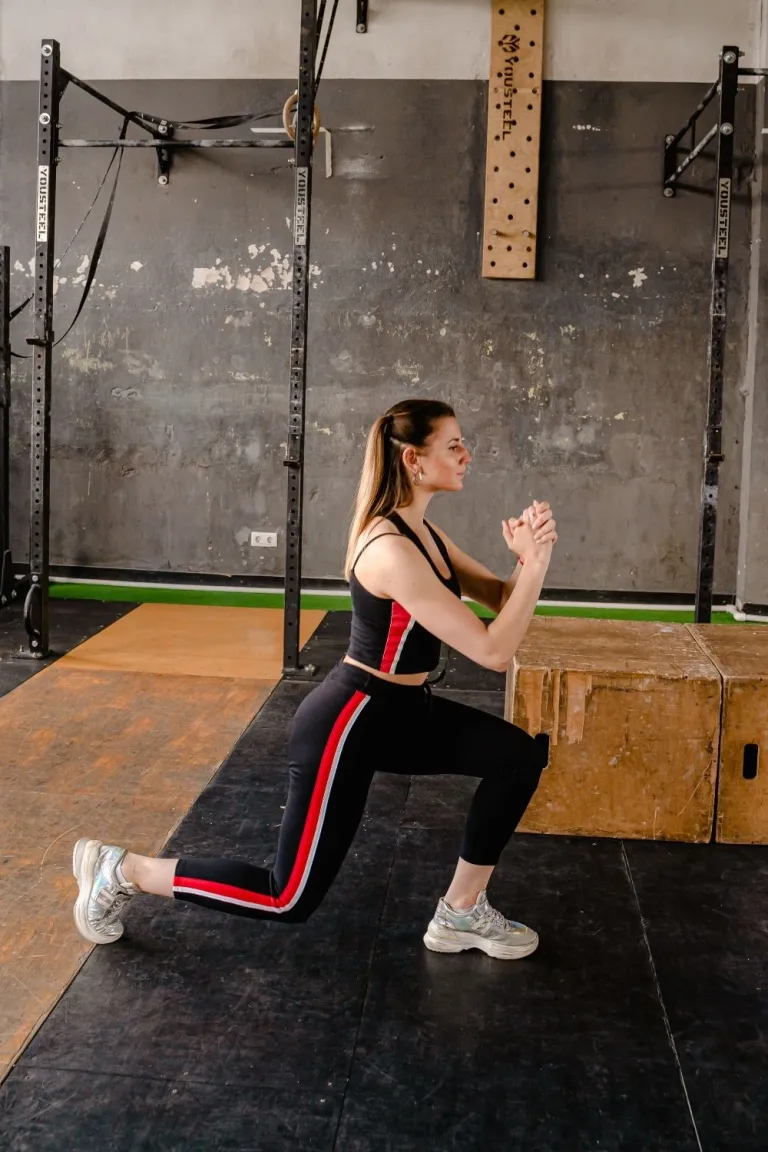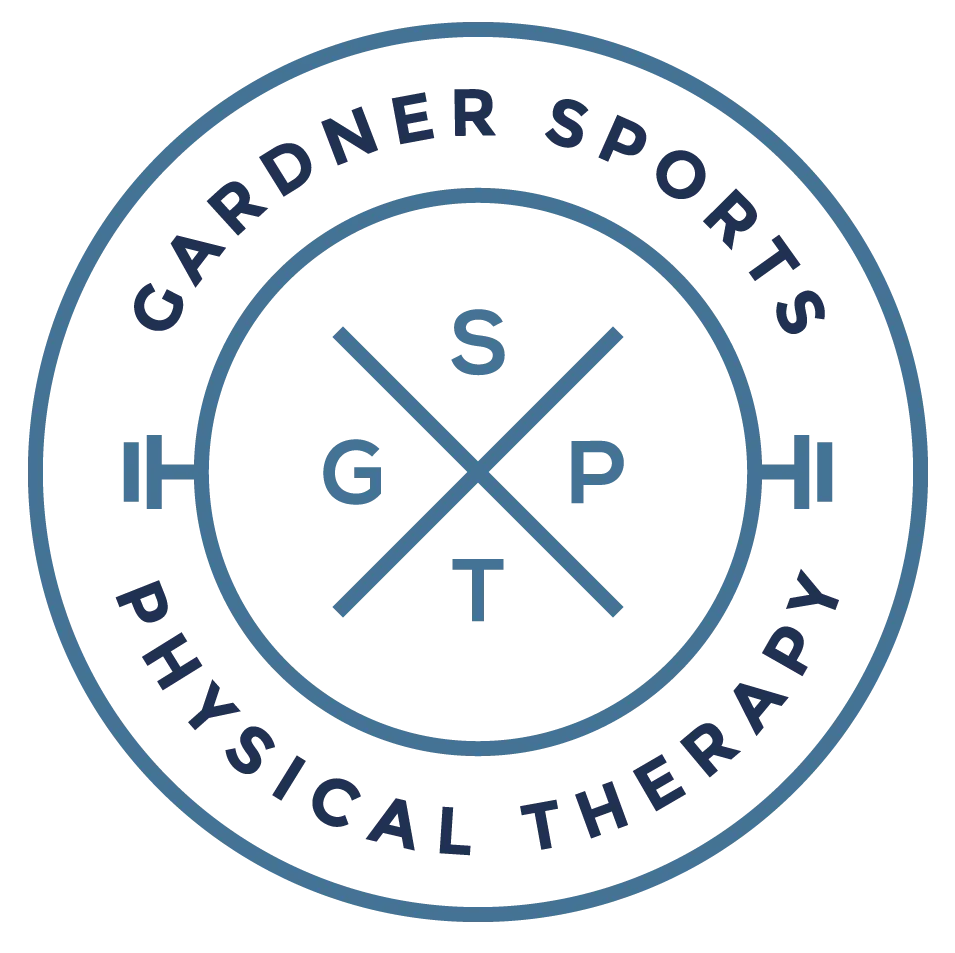Have you ever looked at a picture of yourself and been like, “WOAH, I have really let myself go!”? I know I have been there.

I felt defeated about it because I always seemed to flare up my injury whenever I started a new workout program. Now the weight wasn’t super noticeable to those around me, but it seemed like my muscle was being replaced by fat because I hadn’t found a way to stay fit during injury. Over the course of about 5 years, I had put on about 15 lbs (and it wasn’t 15 lbs of muscle). Since then, I have taken small steps and been gradually transforming my health. I have found taking small steps lead to great changes. This is supported by behavior change science as well. Here’s 3 SIMPLE HACKS for weight loss during injury or surgery recovery.

Slow or Mindful Eating
Slow eating is an awesome weight loss tactic for a variety of reasons. First, numerous studies have discovered that slower eating is associated with allowing your bodies fullness signals to turn on, food is better digested, and caloric intake is decreased with slower eating.1,2,3 In fact, one study even found that that the slow eaters consumed ~60 less calories on average and consumed more water by ~200 g.4 This led to feeling more nourished and satisfied compared to the faster eating counterparts.
So, how do you take action with slow eating?
- Set a minimum number of chews per bite of food
- Set down your utensils between bites of food
- Breathe and try to analyze the flavor of the food
- Turn off the TV or phone and limit distractions
- Set aside 20-30 min for meal time on your schedule
Add More Whole, Natural Foods to Your Diet
Many diets start with restriction. Keto and other low carb diets reduce calories by decreasing carbs. Intermittent fasting reduces calories by eliminating a portion of time to eat. Weight watchers and other food tracking programs reduce calories by restricting food amount. What you see here is that each of these methods are restricting your intake in some way to achieve a caloric deficit. At the end of the day, burning more calories than you are consuming is the only path to weight loss. The diets listed above often restrict you from some type of food or snack that you love. If you’re anything like me, I tend to think more about what I’m not allowed to eat rather than the new “diet” foods. What if I told you that you could still enjoy your favorite foods, but also lose weight? The concept is simple. Add more fiber rich, whole, and natural foods that are low calorie (i.e. vegetables). These foods take longer to digest and leave you feeling fuller for longer. By adding higher fiber vegetables, you can crowd out your desire to eat that whole cookie or scarf down a half a bag of chips in the evening. Its okay if this happens, we’ve all been there. Ultimately, you will have to limit something to reach your goals. You certainly could eat a higher calorie dessert or savory snack. Just understand that you will have to sacrifice elsewhere in the day. Plus, you won’t likely feel as satisfied as eating a higher fiber, vegetable rich diet. So how do you take these actions?
- Eat a few pieces of broccoli or carrots (or veggie of choice) before eating your guilty pleasure food
- Make vegetables more interesting with other preparations (e.g. fermentation, roasting, with dips like hummus, etc.)
- Include 1-2 fist sized portions of vegetables at each meal

Work Around Your Injury or Surgery
Just because you are bummed up in your knee or back (or elsewhere), doesn’t mean that you can’t exercise or find ways to move in some way. Recovering from an injury or surgery takes a huge mental toll. A lot of my ACL patients spend 20 minutes in the session staring at their quad and mustering every ounce of will power to get their quad to squeeze. After 45-60 minutes, you often feel like you’ve been through a few rounds with Mike Tyson. All this and you’re supposed to muster up the mental energy to do it 2 more times on your own that day.
I could spend all day on ways to work around a specific injury, but here are a few good examples to spark your creativity so you can stay fit while injured.
- Knee Pain
- Cardio
- Swap out Running for Biking
- Swap out Classic Biking for the Assault bike using just the non-injured leg and upper body
- Can’t use your legs at all? Use an Upper Arm Bike or a Ski Ergometer in a seated position and go through circuits
- Strength Training
- Focus on Upper Body and Core Training
- Modify depth, sets, reps, etc. unless you are surgically restricted from performing certain exercises
- Focus on balance and control instead of brute strength
- Cardio
- Back Pain
- Cardio
- Swap out Running for Long Distance Walks
- Swap out Biking for Walking or Elliptical
- Try swimming or even water aerobics
- Strength Training
- Focus on balance and control
- Regress to bodyweight and master pain free movements
- Temporarily limit painful activities, continue non-painful activities
- Cardio
I could go on and on. These are just simple hacks and not every strategy works for every person. You do have to spend some time experimenting to see what works for you and how your body responds. It’s okay to have some pain while exercising, but I often tell my patients to follow this general rule of thumb:
- No pain over 3-4/10 during any exercise or pain over 3-4/10 that persists for 24-48 hours after exercise
- Minimal to no joint swelling during or after exercise for 24-48 hours
At the end of the day, there is lots of trial and error on the road to recovery. That’s why I have started the Facebook group: Nutrition and Fitness after Surgery and Injury. It’s a community to share in your tragedies and triumphs as well as learn new tips and lessons from me as well as peers in the community.
Please click the link below to join the community to learn more tips on fitness, weight management, and all things health and recovery following surgery and injury.



